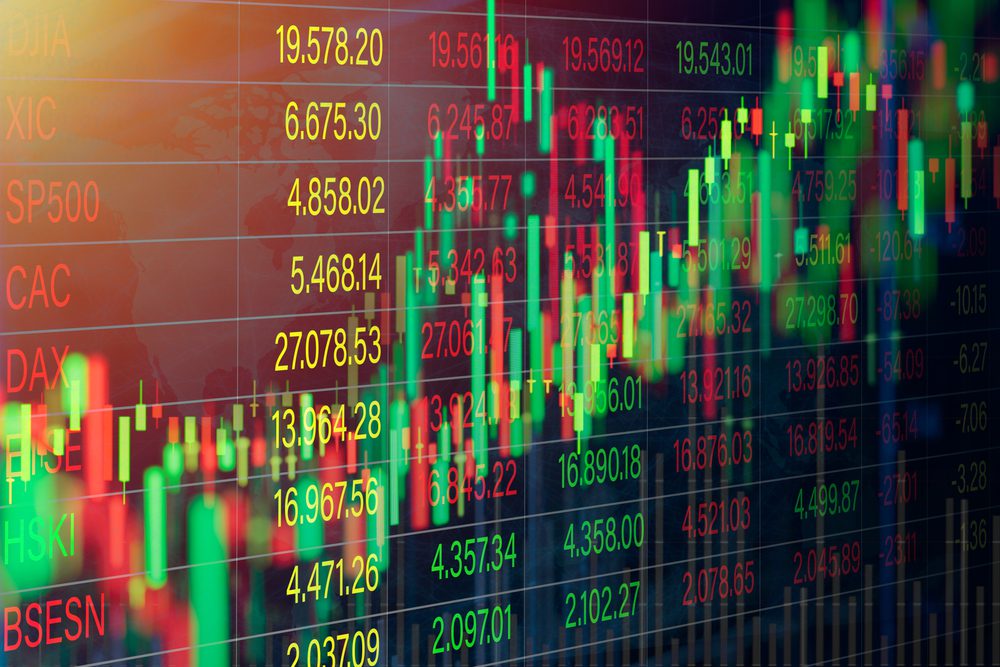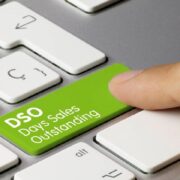Contract for Differences, also known as CFD, is a contract between buyer and seller that requires that buyer pay the difference in asset value to the seller. This arrangement is used in financial derivatives trading, where cash settlement is made between the closing and opening trade prices. This is a type of derivative trading. It derives its value from the movement in an underlying asset. CFDs allow traders to trade price movements without having to own the underlying asset. CFDs are an agreement or contract that allows you to trade forex pairs at a different price than the one at which you opened the trade. The difference between the CFDs closing price and its opening price will be paid to you at the close of the contract. If the difference is positive, the CFD issuer will pay it. If the difference falls below that, you will be responsible for paying the CFD issuer.
CFD traders enter into a contract with the broker when they choose to trade CFDs. The broker is the seller, while the buyer is the trader. Both parties agree to a contract that speculates on the market price for a currency pair. CFD traders are able to avoid the disadvantages of traditional trading because they don’t own the underlying currency pair. CFD trading requires that you first understand the basics of CFD trading before you can start trading. CFD trading is very different from other types of trading. You need to be able to understand these differences in order to trade better. Next, you will need to open a CFD trading account. This usually takes only a few seconds.
After verifying your information, you can fund your account. To build your confidence and prepare for trading in the real market, you can open a demo account. You should create a trading plan that you are confident with and which meets your goals. This plan should cover everything such as strategies, available capital and diversification in other markets, risk attitude, time commitment, and so on. Once you have done all your research and done your homework, you are ready to make a deal. In this case, you must decide whether to take a long or short position. You sell if the price is expected to fall or go down. If the price rises or goes up, you purchase. Once you have taken the position, your profit or loss will be in line with the underlying price. The trading platform allows you to monitor and close open positions.
CFDs offer higher leverage than traditional trading. CFDs allow you to invest more capital by only depositing a fraction of the trade’s total value in order to open a position. The margin is the amount you must deposit. The amount you need to deposit will depend on your position in the forex market and the margin factor. CFD forex instruments that are not owned by the online cfd trader can be borrowed at any time.
While leverage can be a benefit, it can also lead to greater losses. Although there are many excellent CFD brokers, you should still research each broker before trading CFDs. Your existing contract may become illiquid if the currency pair you select doesn’t offer enough trades over time. Your CFD provider might ask you to make additional margin payments or to close the contract at lower prices if this happens. The financial markets are very fast-paced and the price of CFDs can drop before you can execute your trade. This is known as gapping. This means that the CFD holder will have to make less than optimal profits and cover losses incurred by the CFD provider.
CFD trading allows you to speculate on price movements in any direction. The profit or loss you make depends on the prediction. CFD trading has many benefits, including leverage and diversification. CFD trading is, however, a risky form of forex trading like any other. There are many risks associated with CFD trading, including illiquidity and speculation risks as well as volatility risks and leverage risks. Before you consider forex CFD trading, it is important to fully research and assess the risks involved.













Comments